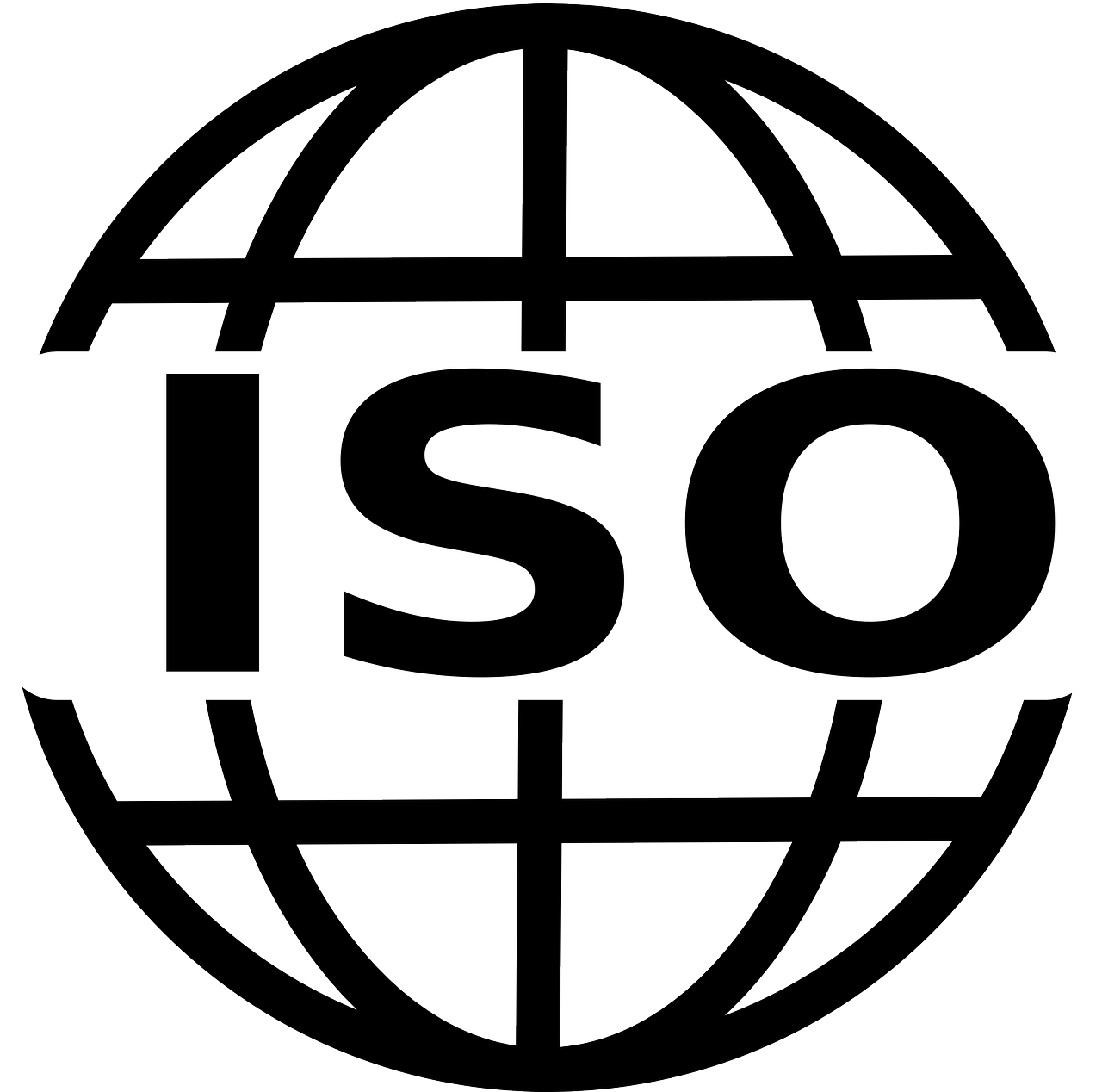This blog series continues to investigate the similarities and differences between ISO 14001:2015 and ISO 50001:2018. The intent is to help organisations who are looking to get certified to either one or both of these standards to gain an understanding of the benefits and level of effort involved in utilising an integrated approach to obtain certification.
In the last post we looked at Context & Leadership – Clauses 4 and 5 of ISO 14001 and ISO 50001. In this entry, we will investigate Clause 6 Planning.
Like other management system standards, both ISO 14001 and ISO 50001 are no different and require the organisation to identify and plan actions to address risks and opportunities. Both refer to the context and scope to be reviewed when determining risks and opportunities.
For example, an internal issue identified when determining context may relate to retention of competent staff to operate and maintain SEU equipment/equipment related to a significant environmental aspect. When looking at Clause 6.1, the standard asks you to determine the risks to the EnMS/EMS and the organisation’s energy/environmental performance associated with the retention of competent staff to operate and maintain SEU equipment/equipment related to a significant environmental aspect. If the residual risk is deemed unacceptable, the organisation should plan actions to address risks to an acceptable level. A similar process is followed for managing opportunities. This approach to the identification and planning action to address risks and opportunities can be handled in a similar way for ISO 14001 and ISO 50001. It may be beneficial to have a single risks and opportunities register to cater for the EnMS and EMS. It is important to differentiate that opportunities here are at a strategic level and differ from energy-saving opportunities at a tactical level outlined in Clause 6.3 of ISO 50001.
Clause 6.1.2 of ISO 14001 requires the significant aspects to be determined and be maintained as documented information along with the process for conducting the evaluation of environmental aspects. A comparable clause in ISO 50001 would be Clause 6.3 which requires the organisation to conduct an energy review to analyse past and present consumption to determine the significant energy users and identify energy-saving opportunities, amongst other things. The energy review is required to be documented along with the process for conducting the energy review.
Clause 6.1.3 of ISO 14001 requires the organisation to have identify and have access to its applicable environmental legislation and maintain these as documented information. The requirement to identify and have access to applicable energy legislation is covered under Clause 4.2 of ISO 50001. Regulators are considered as an interested party and their needs and expectations are to have their applicable legislative requirements met by the organisation. The requirements are essentially the same however they crop up in different sections of the standard. It would be prudent for an organisation to manage the process for identification and access to applicable energy and environment legal requirements in the same manner.
Clause 6.2 of both standards relates to objectives and plans to achieve them. The requirements in this part of the standard are essentially the same. An organisation implementing both standards could have a common framework for managing objectives. ISO 50001 requires action plans to meet the objectives and targets to be documented and is more prescriptive in terms of contents of an action plan i.e., it requires the organisation to include in action plans how the results of actions taken will be evaluated, including the method(s) used to verify energy performance improvement.
Clause 6.4 of ISO 50001 covering Energy Performance Indicators does not have a comparable clause in ISO 14001. Reference is made to indicators in Clause 6.2.2 of ISO 14001 to be maintained for monitoring progress toward achievement of its measurable environmental objectives. An example in both cases may be a WWTP – a EMS indicator may be kgBOD/m3 whereas an EnMS indicator may be kWh/m3. ISO 50001 requires for EnPIs to be compared to baselines and retain evidence of the EnPI values. There is also a requirement to maintain the method for determining and updating the EnPIs as documented information.
Clause 6.5 of ISO 50001 covering Energy Baselines is another clause specific for ISO 50001 which has no comparable clause in ISO 14001. The same can be said for Clause 6.6 of ISO 50001 covering Energy Data Collection Plan.








